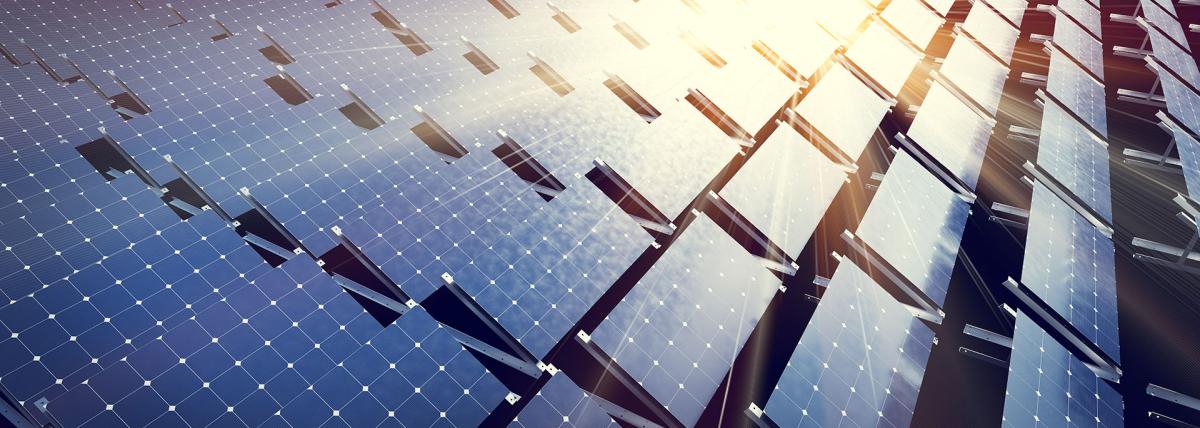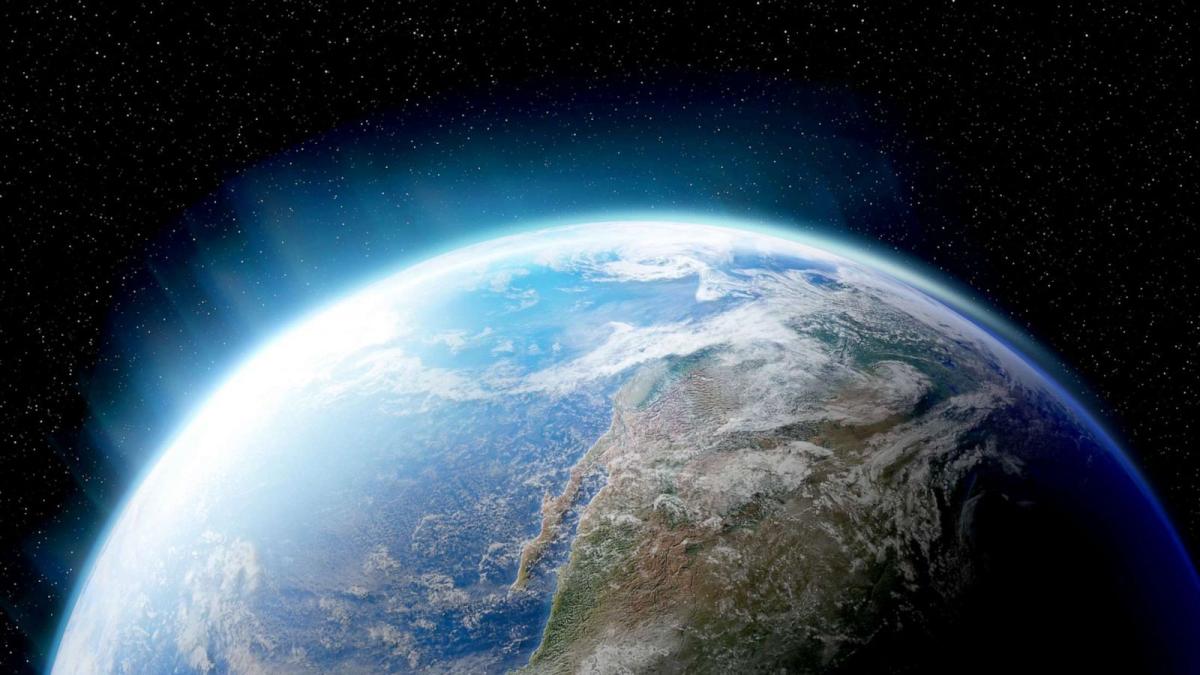
Volcano!
by Sarah Bailey
In this lesson, students will read about volcanoes (using teacher chosen books and Readworks.org passages) as well as watch videos to see them in real life. They will then create their own volcano and make it erupt three times to see new land forming. They will record changes to the land by cutting and measuring paper based on where the lava flowed. This is a relatively inexpensive and easy way to create volcanoes which students are really interested in.
Lesson Grade Level
2nd GradeLesson Plan Link/URL
https://docs.google.com/presentation/d/1RDa40n6sjpenbLne_B-KIhi8-iqNME6C/edit?u…Subject Area
Science Earth and Space Science E1: Earth Systems Engineering S4: Apply Science to Engineering Mathematics Measurement and Data (MD) English Language Arts (ELA) Reading (Informational Text)
Featured
Off
Related Content

Grades:
9th Grade, 10th Grade
This lesson plan focuses around 4 key topics, with activities for each. The plan covers renewable energy, solar energy, why solar energy is important, and what the children can do to conserve energy

Grades:
3rd Grade
This third-grade STEM lesson introduces students to solar energy, the heat island effect, and data analysis. Students will use temperature gauges to measure different areas of the school at various

Grades:
3rd Grade
In this integrated 3rd-grade lesson, students will explore different landforms, learn about fractions, and use technology to enhance their understanding. The lesson begins with an introduction to